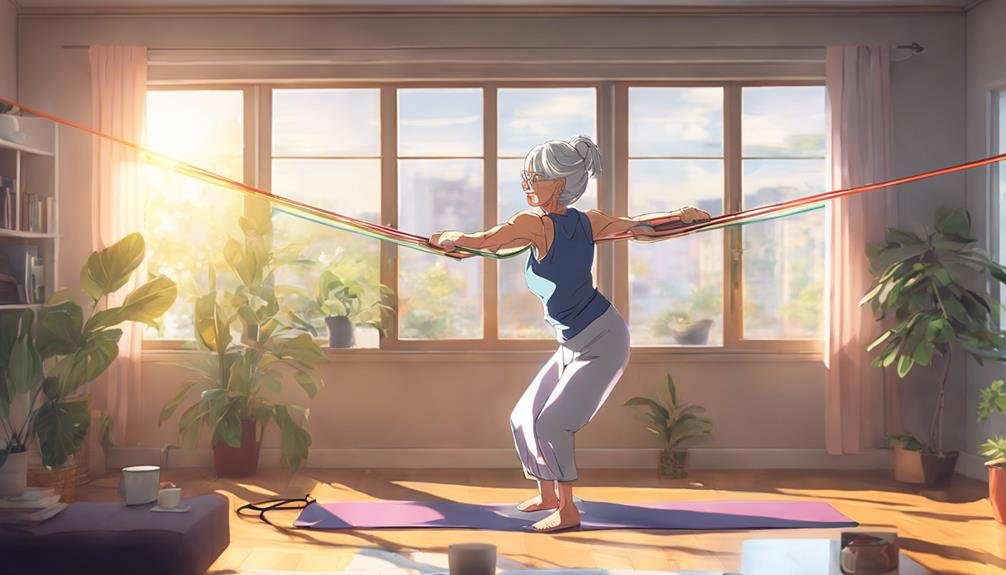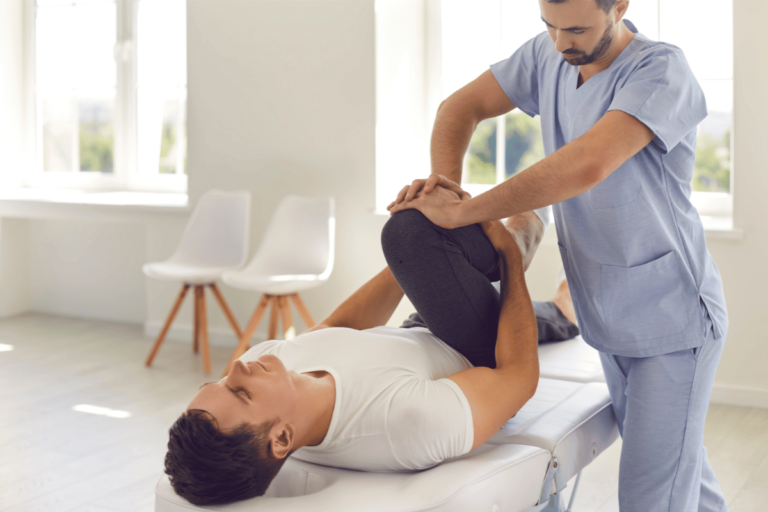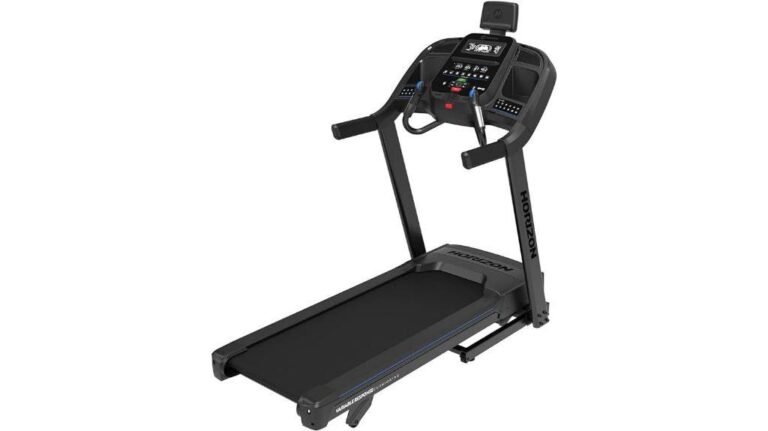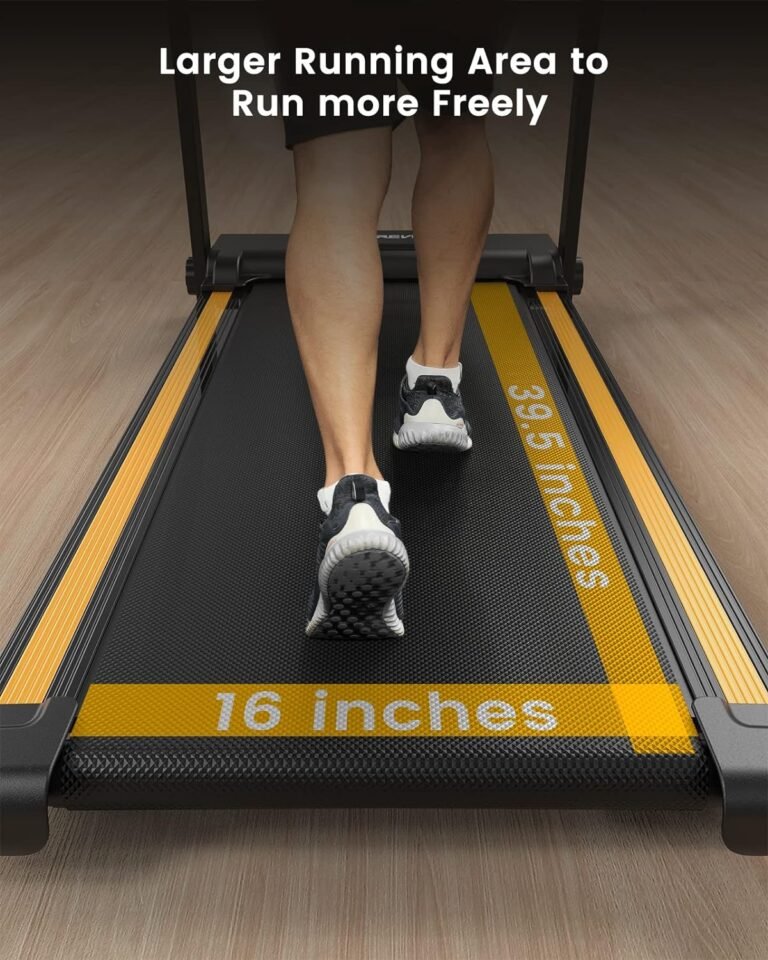Home Workouts for Seniors: Staying Fit and Flexible
In the journey of life, your body is a vessel that requires maintenance and care to keep sailing smoothly. As a senior, the path to maintaining your fitness and flexibility may seem daunting, but fear not, for home workouts can be your guiding light towards a healthier and more active lifestyle.
With tailored exercises and routines designed to suit your needs, discovering the joys of staying fit and flexible from the comfort of your home is closer than you think.
So, are you ready to embark on this enriching journey of self-care and well-being?
Key Takeaways
- Regular home workouts improve physical health and mental well-being for seniors
- Flexibility exercises aid in maintaining range of motion and reducing stiffness
- Strength training with resistance bands enhances muscle strength and overall health
- Balance and stability exercises support independence and spine health for seniors
Benefits of Home Workouts for Seniors
Regularly engaging in home workouts can greatly benefit seniors by improving their overall physical health and well-being. When you prioritize incorporating exercise into your routine, you aren't only taking care of your body but also nurturing your mental wellness. Exercise is a powerful tool for stress relief, helping you manage the daily pressures that life can bring. By engaging in home workouts, you can find a sense of peace and relaxation that enhances your overall quality of life.
Additionally, focusing on joint health through targeted exercises can significantly aid in pain management. As we age, joint pain and stiffness can become common concerns, but with regular physical activity, you can strengthen the muscles around your joints, reduce discomfort, and improve your mobility. By taking proactive steps to care for your joints through home workouts, you're investing in a healthier and more active future.
Importance of Flexibility in Aging
As you age, maintaining flexibility becomes crucial for your overall well-being. Staying flexible can help improve your range of motion, making daily activities easier and reducing the risk of injuries.
Incorporating flexibility exercises into your routine can also help alleviate stiffness and joint pain, allowing you to stay active and independent for longer.
Flexibility Key in Aging
Maintaining flexibility as you age is crucial for your overall health and mobility. Flexibility helps in preventing injuries, improving posture, and enhancing your range of motion. By incorporating mobility drills and focusing on joint health, you can ensure that you stay flexible as you age. Stretching exercises like yoga or Pilates can help in maintaining and even improving flexibility. It is important to dedicate time in your daily routine to stretch and work on your flexibility. Remember, staying flexible not only benefits your physical health but also contributes to your independence and quality of life as you age.
| Benefits of Flexibility | Ways to Improve Flexibility |
|---|---|
| Prevents injuries | Incorporate daily stretches |
| Enhances range of motion | Practice yoga or Pilates |
| Improves posture | Focus on joint health |
| Aids in everyday movements | Try mobility drills |
Benefits of Staying Flexible
Ensuring you prioritize flexibility in your daily routine is key to reaping the numerous benefits that come with staying flexible as you age. Improved mobility is one of the primary advantages of maintaining flexibility. Being flexible allows you to move more freely, making daily activities easier and reducing the risk of injuries.
Additionally, flexibility plays a crucial role in supporting joint health. Flexible muscles and tendons help to keep your joints lubricated and functioning properly, potentially decreasing the likelihood of developing joint problems as you get older.
Strength Training Exercises for Seniors
To effectively build strength as a senior, incorporate resistance exercises into your workout routine. Resistance bands and bodyweight exercises are excellent options for seniors looking to improve their muscle strength and overall fitness levels. Resistance bands are easy to use, gentle on the joints, and can be adapted to various fitness levels. Bodyweight exercises, such as squats, lunges, and push-ups, are great for improving strength using just your own body as resistance.
Here is a table outlining some simple yet effective strength training exercises for seniors:
| Exercise | Description | Benefits |
|---|---|---|
| Resistance Band Bicep Curls | Stand on the middle of the band, curling upwards | Strengthens arm muscles |
| Bodyweight Squats | Stand with feet hip-width apart, squat down | Strengthens leg muscles |
| Resistance Band Rows | Sit with legs extended, pulling bands towards you | Strengthens back muscles |
| Bodyweight Lunges | Step one leg forward, lower back knee towards the ground | Strengthens leg muscles |
| Resistance Band Chest Press | Anchor band at chest height, push forward | Strengthens chest muscles |
Incorporating these exercises into your routine can help you maintain and improve your strength as a senior, promoting overall health and well-being.
Balance and Stability Workouts
For better stability and balance as a senior, incorporate targeted exercises into your workout routine. Core stability is crucial for maintaining balance and preventing falls. Include exercises like planks, bird-dogs, and bridges to strengthen your core muscles. These movements not only enhance your balance but also support your spine and improve posture.
Functional movements are essential for daily activities like walking, standing up from a chair, or reaching for items. Practice exercises such as squats, lunges, and step-ups to enhance your functional strength and stability. These exercises mimic everyday movements, preparing your body for real-life activities.
Incorporating balance challenges like single-leg stands, heel-to-toe walks, or balance board exercises can further improve your stability. Start with holding onto a sturdy surface for support and gradually progress to unassisted balancing.
Cardiovascular Activities for Seniors
To maintain a healthy heart and improve overall fitness as a senior, consider incorporating cardiovascular activities into your workout routine. As we age, keeping our hearts strong is crucial for our overall well-being.
Here are some low impact cardio exercises that can help boost your heart health:
- Walking: A simple yet effective way to get your heart rate up without putting too much strain on your joints. Aim for at least 30 minutes a day to reap the cardiovascular benefits.
- Swimming: A fantastic full-body workout that's gentle on the joints. Swimming helps improve circulation, lung capacity, and strengthens the heart muscle.
- Cycling: Whether outdoors or on a stationary bike, cycling is a great low impact cardio option. It's easy on the joints and can be tailored to your fitness level.
Simple Equipment-Free Routines
Ready to amp up your fitness routine without any fancy gear?
Chair exercises will boost your strength.
Standing balance drills can enhance stability.
Stretching sessions will keep you flexible and limber.
Let's get moving with these simple yet effective equipment-free routines tailored for seniors.
Chair Exercises for Strength
Consider incorporating these chair exercises into your daily routine to improve strength and mobility without the need for any equipment.
- Leg Extensions: Sit tall in your chair and extend one leg at a time, holding for a few seconds before lowering back down. Repeat on each leg to strengthen your quadriceps.
- Seated Marching: Lift your knees up one at a time, mimicking a marching movement while engaging your core muscles for added stability and strength.
- Chair Dips: With your hands on the edge of the chair, lower your body down by bending your elbows, then push back up to work your triceps and chest.
These chair exercises can help improve your flexibility, core strength, and overall muscle tone without the need for any fancy equipment.
Standing Balance Drills
Enhance your standing balance and stability with these simple equipment-free routines that focus on improving your core strength and coordination.
To tackle balance challenges, start by standing with your feet hip-width apart and slowly lift one leg to the side, holding onto a sturdy surface for support if needed. Engage your core muscles to maintain your balance.
Another effective drill is the tandem stance, where you place one foot directly in front of the other, heel to toe. This exercise helps enhance your core stability by challenging your balance in a different way. Remember to breathe steadily and focus on a fixed point in front of you to aid in stability.
Stretching for Flexibility
To further improve your flexibility and mobility, incorporate these simple equipment-free stretching routines into your home workout regimen. Stretching is key to maintaining flexibility, preventing injuries, and promoting overall well-being. Here are three stretching techniques to help you stay fit and flexible:
- Full Body Stretch: Start by reaching your arms overhead and lengthening your body. Slowly bend forward to touch your toes, feeling the stretch in your hamstrings and lower back.
- Quad Stretch: Stand on one leg, bringing your other foot towards your glutes. Hold onto a chair for balance if needed. Feel the stretch in the front of your thigh.
- Shoulder Stretch: Extend one arm across your body and use the other hand to gently press it closer to your chest. Switch sides to stretch both shoulders effectively.
Incorporating these daily habits will enhance your flexibility and reduce the risk of injury.
Tips for Consistency and Progress
To maintain a steady routine and make noticeable gains, it's important to set achievable goals and create a workout schedule that fits your lifestyle. Consistency and progress go hand in hand when it comes to staying fit and flexible as a senior. Here are some practical tips to help you stay on track:
| Progress Tracking | Motivation | Consistency |
|---|---|---|
| Keep a workout journal | Set rewards for reaching goals | Choose a specific time for workouts |
| Use fitness apps | Find a workout buddy for accountability | Mix up your routine to stay engaged |
| Take progress photos | Focus on how exercise makes you feel | Listen to your body and rest when needed |
Conclusion
So, keep up the great work, senior fitness enthusiasts! Remember, consistency is key to seeing progress and feeling your best.
Take inspiration from Jane, a 70-year-old who started doing home workouts and now feels stronger and more energized than ever before.
Just a few simple exercises each day can make a big difference in your overall health and well-being.
You've got this!







